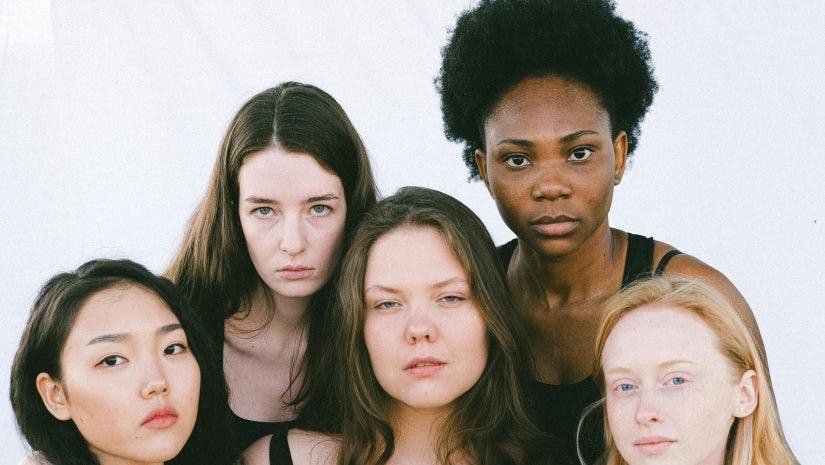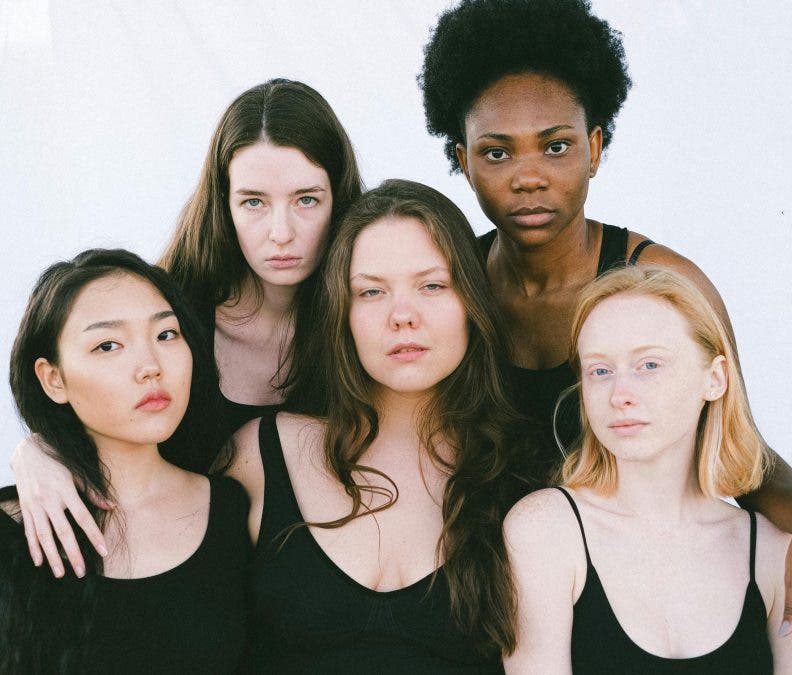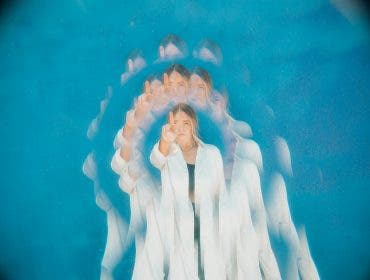Today, photography isn’t just about creating art, it’s about illuminating he lives of those who have been pushed aside. Society is slowly becoming more interconnected. Thus, the importance of inclusive photography has never been more necessary.
No, this isn’t just a trend. It’s a massive movement that goes against normative values. It also magnifies the voices of the oppressed and creates visual narratives that stimulate the mind. This is the importance of inclusive photography, and we’re here to step forward and make it known!
The evolution of inclusive photography
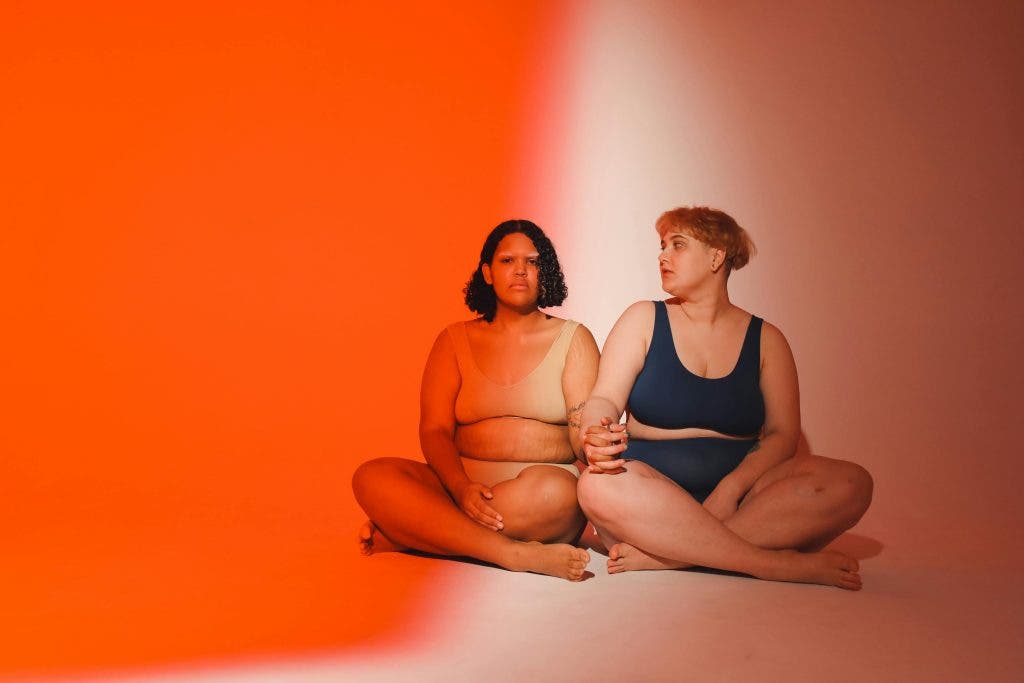
Historically, the photography industry has been dominated by a narrow demographic. Oftentimes, the people who are seen in magazines and commercials are white models and are taken as well by white photographers.
Such disparities have led to a homogenized portrayal of society, often excluding the rich tapestry of diverse experiences, identities, and beauty from all around the world. However, in recent years — there has been a shift in the type of photography that exists.
Movements are now advocating for racial justice, gender equality, and LGBTQ+ rights have spurred a demand for more representative imagery. Photographers are now recognizing their role not just as artists but as storytellers with the power to influence societal perceptions.
The power of representation
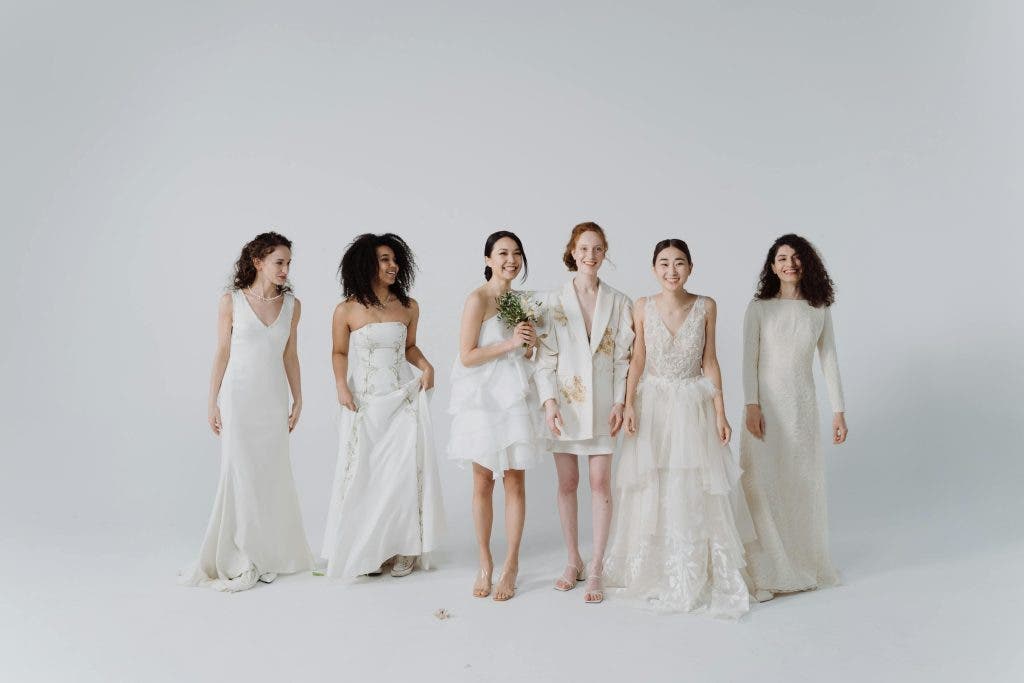
This isn’t just a way for brands and photographers to pander to a wider audience, this is a means of pushing for more visibility for marginalized groups! The more we increase the platforms for inclusive photography, the more we also influence people in communities that have historically had little to no role models.
The movement for more inclusive photography has slowly risen, with festivals and events advocating for change in every image that they capture. Photo galleries and pop-ups have been displayed to challenge colonial beauty standards and spark discourse, as well as highlighting our innate diversity!
History has shown us time and time again that our ability to collectivize can spark change, and photography is one of the ways we can collectivize. With every photo that we take, we capture a moment in history — and this is what truly makes a difference when fighting for more representation in all spaces.
Challenging stereotypes and broadening perspectives
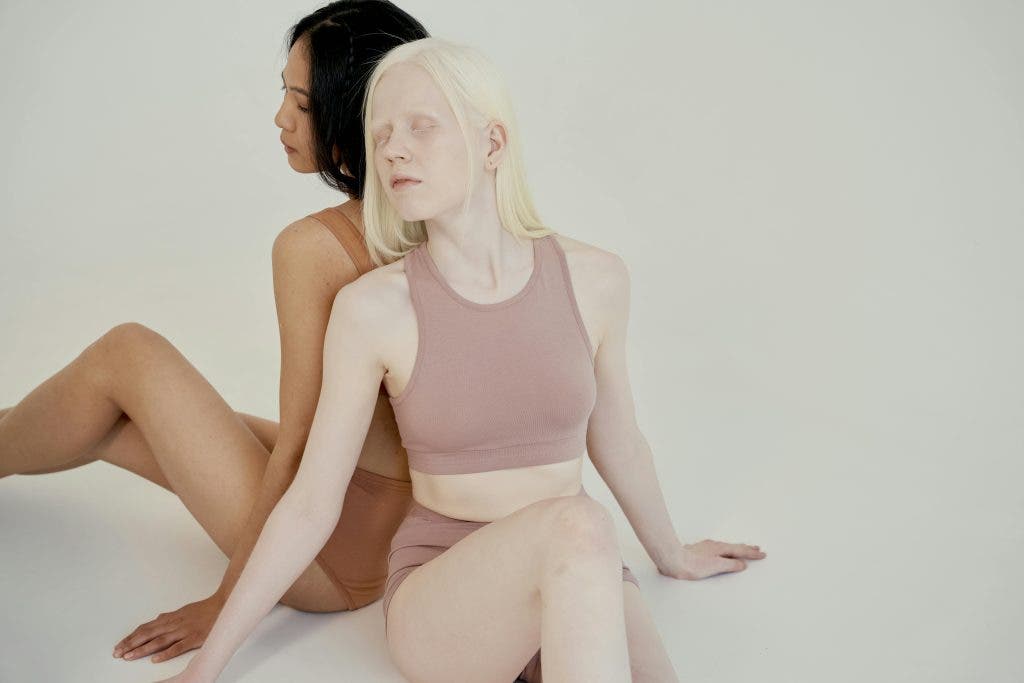
Inclusive photography is about the presence of the person behind the camera. When photographers consciously choose to depict people in ways that challenge tired archetypes, they start to dismantle centuries of one-dimensional storytelling.
I want you to use your imagination for this one. Picture a world where gender norms are gently bent out of shape, where bodies of all sizes, abilities, and identities are centered in their strength. This shouldn’t be revolutionary, this should’ve been the norm ever since the beginning.
The business case for inclusivity
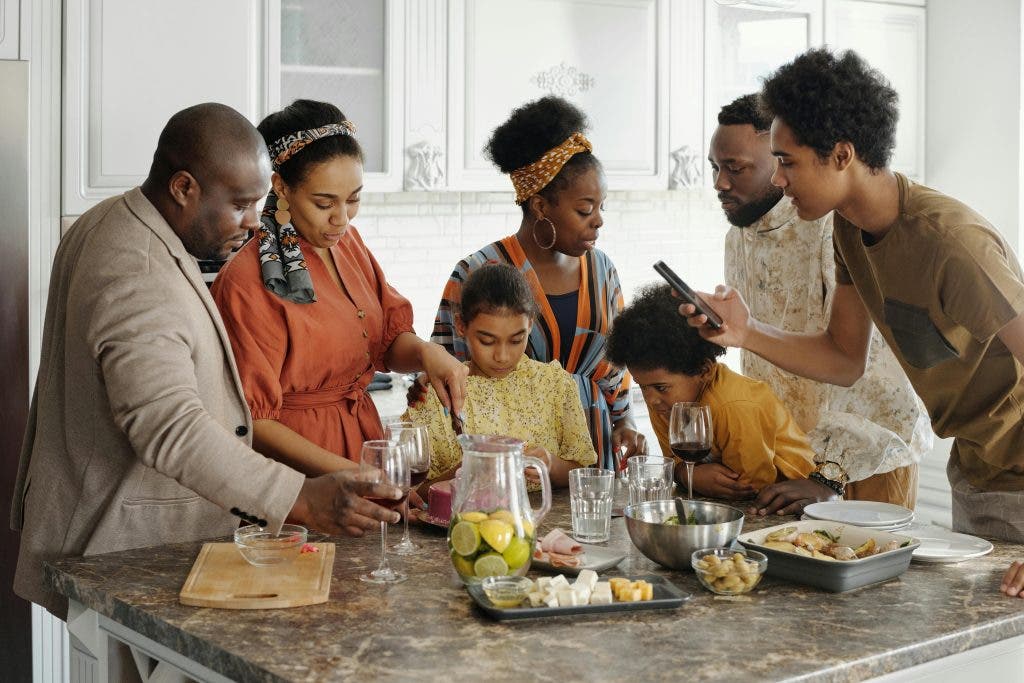
Beyond its ethical implications, inclusive photography also makes sound business sense. The importance of inclusive photography is that it shows that you have a sense of integrity. Forging deeper connections with people becomes easy when you have common ground. However, it becomes even easier when your customers see that you’re open to diversifying your subjects!
It’s also about selling your advocacies. Capturing compelling narratives that showcase minority groups is alluring, and attracts tons of attention! So if you’re dreading the idea that people will think you’re being too performative or controversial — don’t worry. The support for inclusive photography transcends borders.
Incorporating diverse models, settings, and narratives can differentiate a brand in a saturated market. It signals authenticity and a commitment to reflecting the real world, resonating deeply with consumers seeking representation and relatability.
The role of photographers in driving change
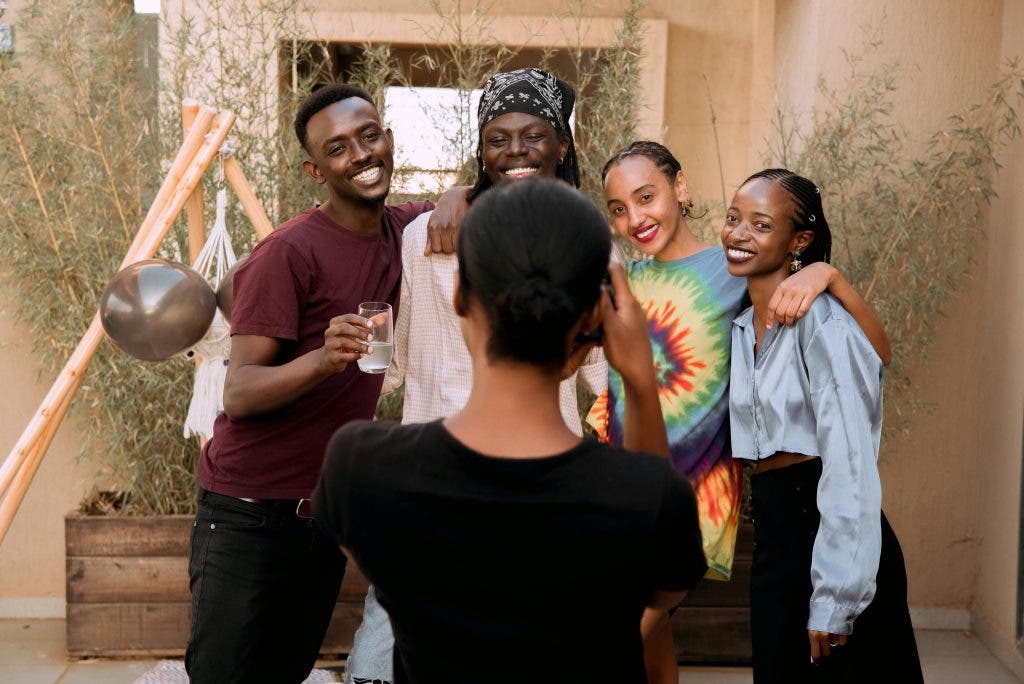
Photographers hold more influence in shaping societal narratives than you probably think. Education isn’t the only thing that marginalized communities need to be accepted in society. It’s also exposure and representation in all forms of media. Doing your part and ensuring that they’re able to get those spaces of representation is how we can ensure that minorities feel seen and celebrated in society.
When every photo that you take can be used as a powerful tool for change, it becomes difficult to shy away from your duty to use it for good. From the contexts that you trap behind a picture to powerful images of liberation, photographers are able to share what they capture for all of the world to see.
However, that isn’t your only weapon as a photographer. The power to diversify your subjects and collaborate with individuals from varied backgrounds can help you broaden your perspectives and constantly learn new things. After all, the importance of inclusive photography is also in the bonds that you create. Both inside and outside the shoots that you lead!
A more inclusive visual future
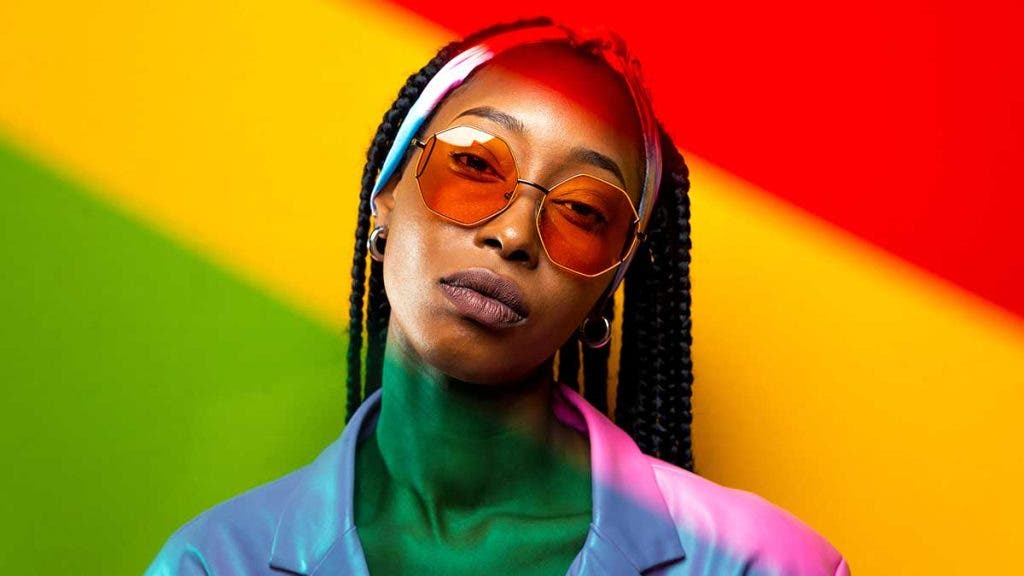
As we progress through 2025, the momentum towards inclusive photography continues to build. The heightened social consciousness is paving the way for more representative and diverse visual narratives. The responsibility is on the creators to use these advancements not just as a means of profiting. But also uplifting the hidden stories of others.
There’s a need for us to embrace the importance of inclusive photography — as well as foster more empathy as we enrich the art form even further.
